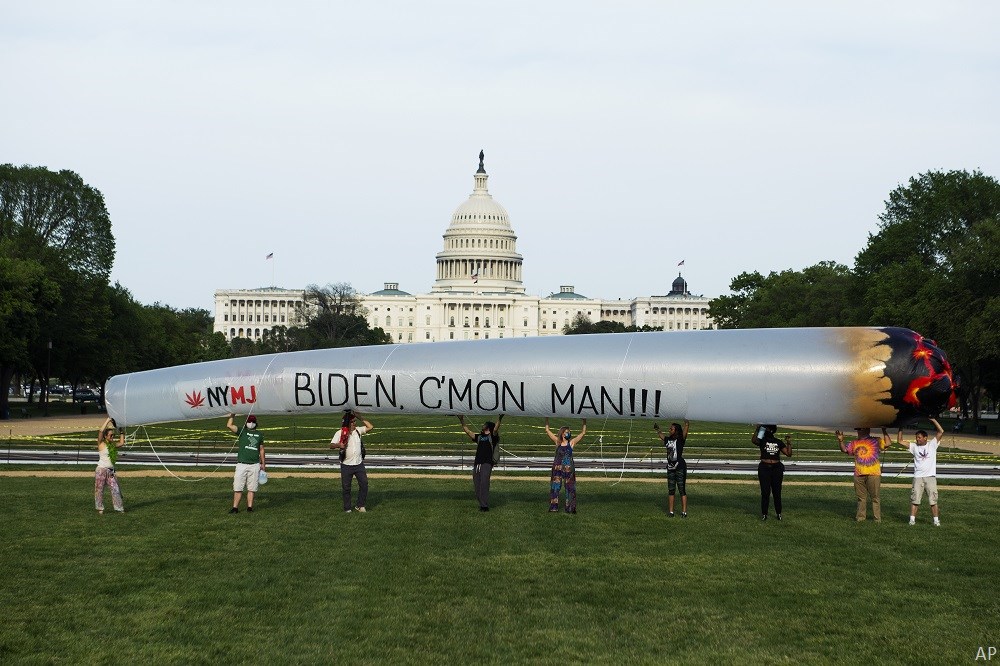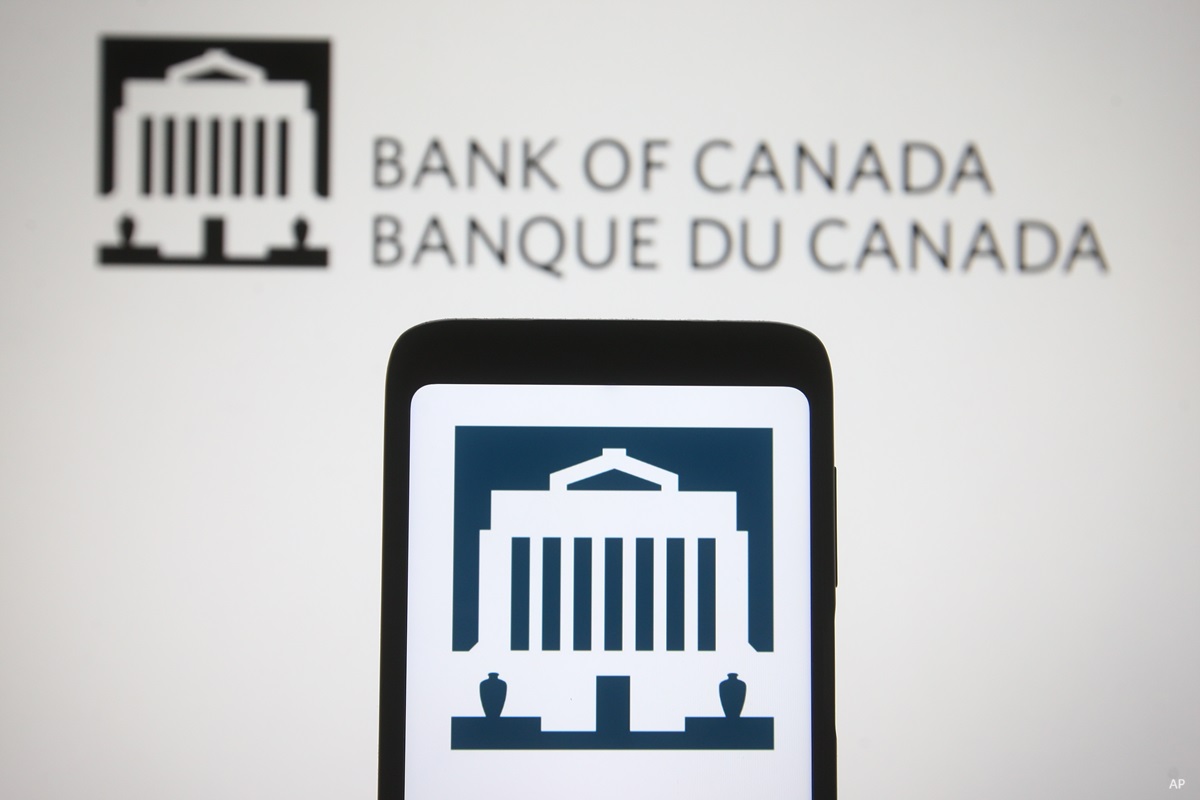
A tie-breaking Democratic majority in the U.S. Senate won’t be enough to legalize cannabis on a national level, but we think there’s just enough support for a banking act within the next 18 months, which would make it easier for financial-services companies to lend to cannabis companies, and a states’ rights act by the end of 2023.
Nonetheless, the market has been optimistic about the potential of legalization, which has resulted in big surges for cannabis producers. Interestingly, most of the producers to benefit from this market optimism have been Canadian, which mostly wouldn’t be materially affected by changes in the United States; it’s U.S. producers that would see the most benefit from legalization.
But even without federal legalization, there’s still value to be found in U.S. cannabis companies. We think these companies will experience revenue tailwinds due to factors such as:
- More states legalizing medical and/or recreational cannabis
- More dispensaries opening
- Illicit-market and new customers entering the legal market.
Signs of a Sea Change in Support for Legalizing Cannabis
The past few years have been instrumental in solidifying public support for cannabis legalization. Here’s where the state of legalization stands:
- Medical and recreational cannabis is legal or set to become legal in 19 states and Washington, D.C.
- Medical cannabis only is legal in 17 states
- High-THC cannabis for any purpose is illegal in 14 states
Fifteen of the states to legalize recreational cannabis have done so within the past five years, as have 13 of the states to legalize only medical cannabis.
This surge in states legalizing cannabis has largely been driven by changing societal attitudes toward the substance. For years, most Americans opposed legalizing cannabis--but the number who supported legalization surpassed the number opposed to it in the early 2010s. Still, support differs massively by political affiliation: More than 80% of Democrats and more than 70% of Independents support legalization; although notably lower, support among Republicans still nears 50%.
Additionally, though tobacco, alcohol, and pharmaceutical companies have historically opposed cannabis legalization because of the potential competition it could create, many of these opponents have now changed their tune and are instead looking to profit from the rise of cannabis. For instance:
- Several of these companies have invested directly in cannabis. Beer, wine, and spirits producer Constellation Brands (STZ) has bought a stake in Canopy Growth (WEED); tobacco producer Altria (MO) bought a stake in Cronos (CRON); and Molson Coors (TAP) has partnered with Hexo (HEXO).
- Many alcohol and tobacco companies cofounded the Coalition for Cannabis Policy, Education, and Regulation, a lobbying group aimed at influencing legalization efforts.
Federal Law Still Stands in the Way of Legalizing Cannabis
Despite this boost in public and state support, cannabis remains illegal for any purpose at the federal level. Under the Controlled Substances Act, it is still classified as a Schedule I drug with no accepted medical use and high potential for abuse.
Consequently, the industry faces severe restrictions.
- Scientific research is very difficult to conduct, including any studies on efficacy, potency, and safety. Given the industry’s inability to scientifically disprove misconceptions and urban myths, legalization opponents continue to propagate stereotypes and cite reasons that lack proper evidence.
- Any industry that does business with or serves the cannabis industry could be considered aiding and abetting criminal activity. The ability to access financial services is one of the most notable limitations: U.S. cannabis companies are neither listed on major U.S. stock exchanges nor fully served by banks. Some banks have begun to serve the U.S. industry, but these are largely local or regional. Plus, the companies that do provide banking services tend to charge notably higher fees to offset the requisite additional compliance work.
- U.S. cannabis companies pay very high tax rates. Under IRS Section 280E, companies engaged in illicit activities cannot deduct many normal expenses for tax purposes--they can only deduct direct costs and expenses and cannot deduct many overhead expenses like payroll and rent. U.S. cannabis companies have seen effective tax rates between 60% and nearly 400%, while major alcohol and tobacco companies report effective tax rates in the low 20s.
The Path to Federal Legalization
A change to federal law is the only way to truly reduce the uncertainty created by the discrepancy between state and federal laws.
With the Democrats controlling the presidency, the Senate, and the House of Representatives, it seems as if federal legalization might be on the horizon after all. But we’re not confident this control will be enough to make it happen.
Though President Joe Biden has expressed support for decriminalization, expunging records of cannabis-related convictions, and allowing states to determine their cannabis laws, we don’t think this is a priority for his administration. We also think that Republicans are likely to filibuster any legalization bills, and even if Democrats tried to pursue legalization via the "nuclear option" (which has previously been used to create filibuster exceptions), they wouldn’t have enough support to constitute a majority (due to the opposition of moderate Democrats like Joe Manchin and Kyrsten Sinema).
That said, we see four potential types of legalization on the horizon:
- National legalization. This would be the most expansive, as it would not only remove federal prohibition but make cannabis legal nationally. This would result in access to financial services, the removal from Schedule I classification, and interstate trade.
- States’ rights for recreational and medical use. This type of legislation would give states the right to legalize cannabis or prohibit it as they so choose. Putting this law into practice would likely require removing cannabis from Schedule I classification and decriminalizing cannabis at the federal level. However, it remains unclear how this would affect issues such as interstate trade.
- States’ rights for medical use only. Here, we consider a potential law that recognizes states’ rights to legalize for medical purposes only. This is highly unlikely because of the legal headaches it would create; for instance, cannabis companies could be considered partially legal and partially illegal. However, if this did end up happening, it would still mean removing cannabis from Schedule I classification. Decriminalization might only occur for convictions that were related to medical use, and the legality of interstate trade would need to be defined.
- Banking. This would be the least expansive legislation, but we think it’s the most probable. It would provide additional clarity and safe harbors to the financial-services companies and would not necessarily need to address federal legality or the Schedule I status. We view this as the most probable because we believe supporters of various levels of legalization would get behind it.
Based on each senator’s voting history, stated policies, and commentary, we estimate 31 senators are fully against any form of legalization and just 18 senators support national legalization.
We do think that with the current makeup of the Senate, there are enough votes for a banking act and a states’ rights bill for medical use. We expect that a banking act will pass before the end of 2022, but the states’ rights act will not. And if the Democrats don’t move on this legislation and lose their tiebreaking majority in 2022, the window of opportunity for legalizing cannabis could close altogether.
Where to Find Value in Cannabis Stocks
Even without federal legalization, U.S. cannabis producers enjoy an additional revenue growth tailwind compared with Canadian ones. Both markets can expand from new customers and dispensaries in existing markets as well as an increase in share of wallet; however, U.S. cannabis also enjoys the growth from more states legalizing.
We think U.S. stocks offer better risk-adjusted upside, particularly Curaleaf (CURA) and Green Thumb Industries (GTII). 4-star Curaleaf is currently trading at a price/fair value of 0.58, and 4-star Green Thumb Industries is trading at a price/fair value of 0.6.
There is still value to be found in Canadian stocks, but less so than in U.S. ones. We note 3-star Aurora Cannabis (ACB) with a price/fair value of 0.84 and 4-star Canopy Growth with a price/fair value of 0.71. Also, although they do have direct operations, Canopy and Cronos offer investors some investment exposure to the U.S. THC market through standing deals to acquire stakes in U.S. producers upon a change in federal law.
The road to federal legalization remains uncertain, but investors can still find opportunity along the way.
Are You Invested in Cannabis 2.0?
Learn about the companies most ready to grow in our latest Observer here






















